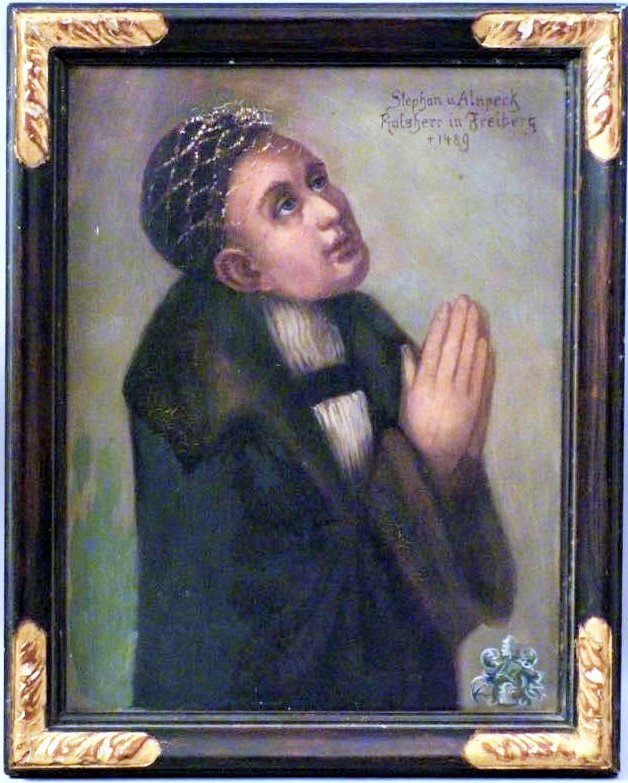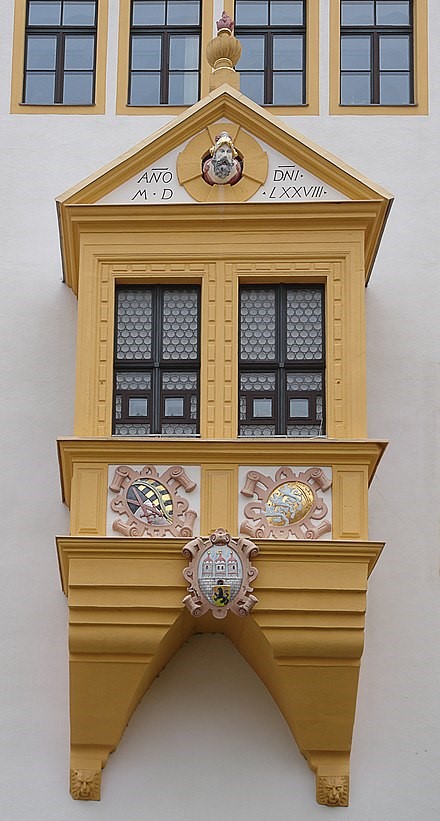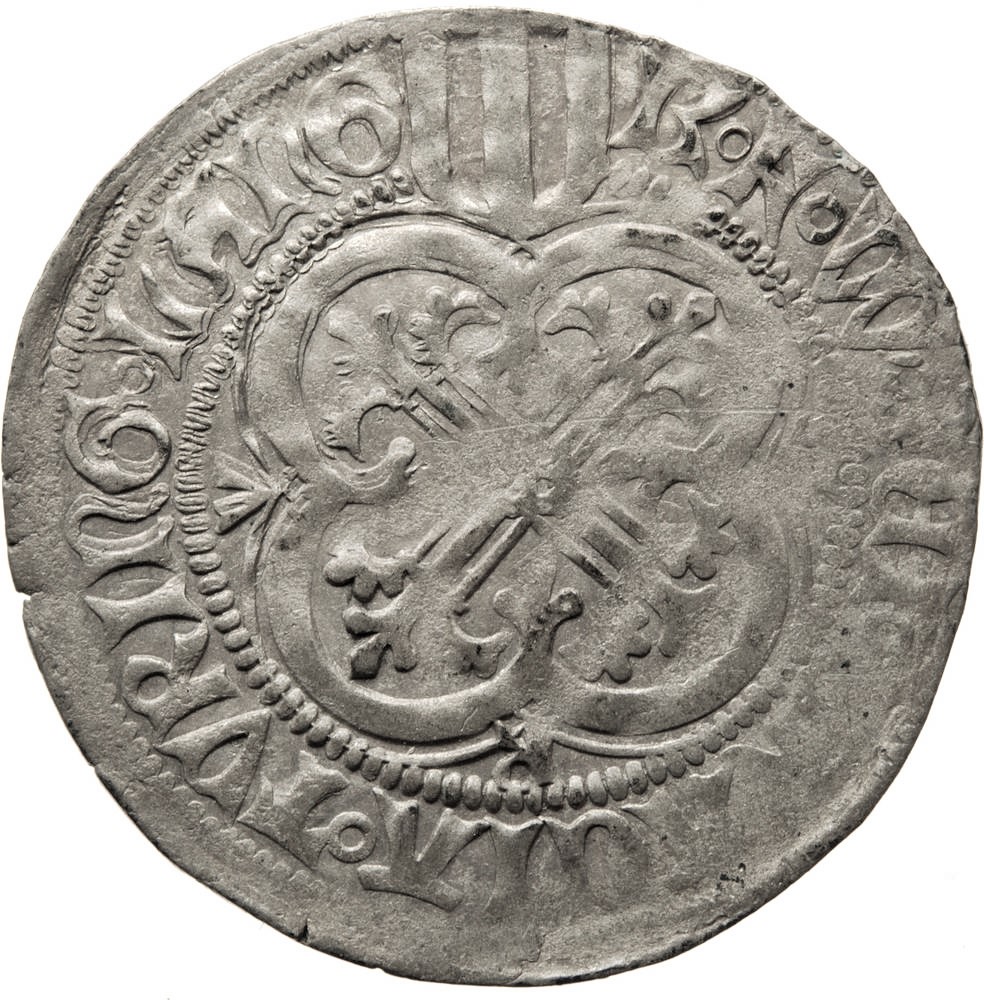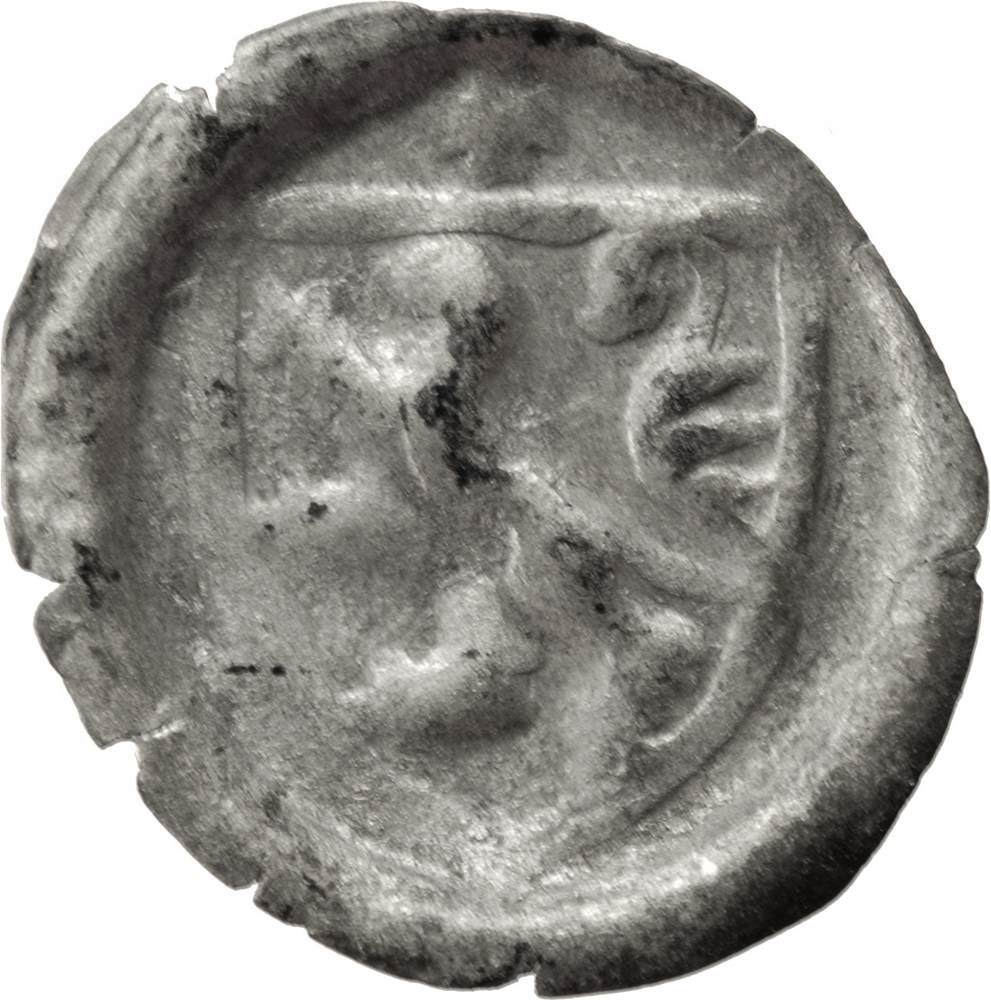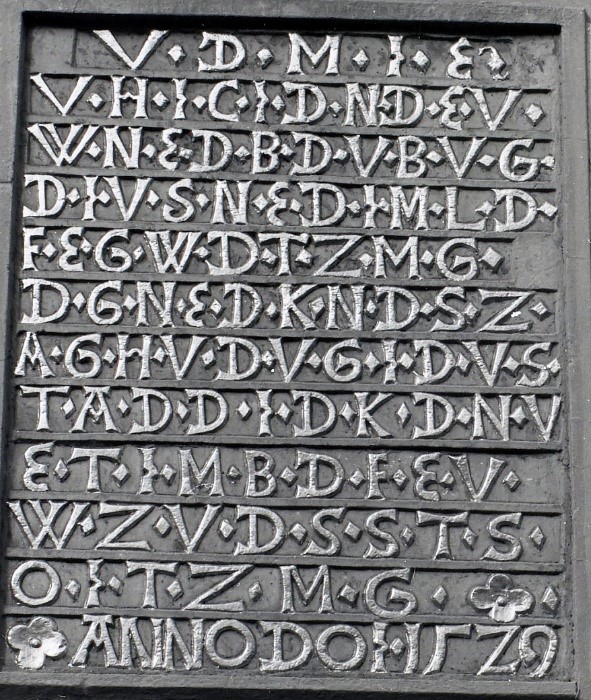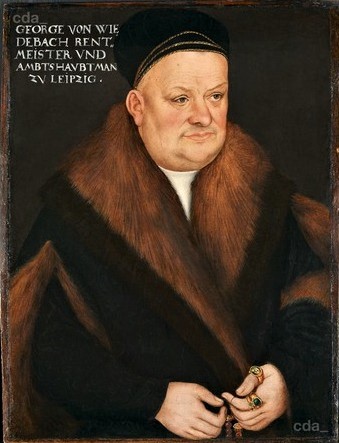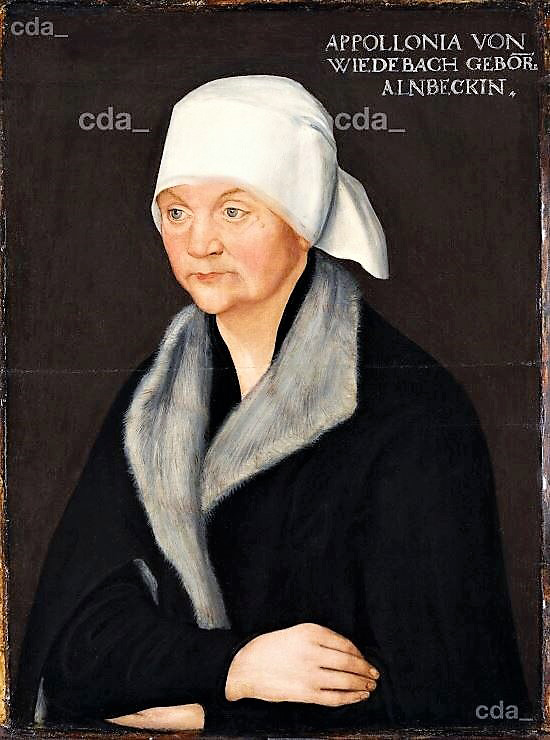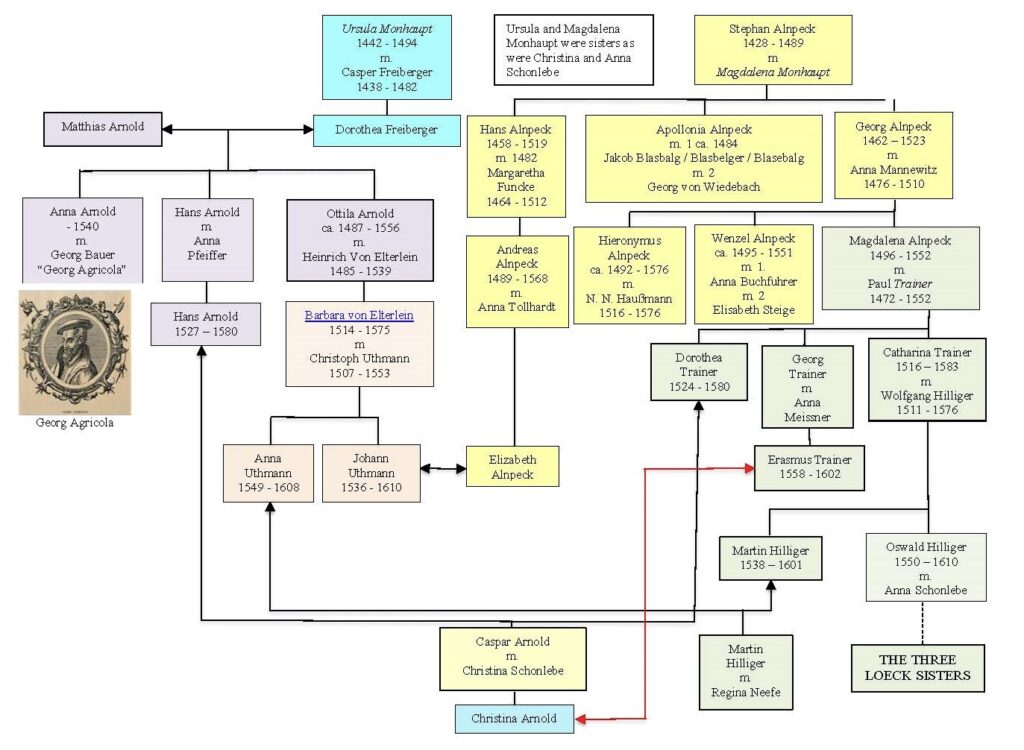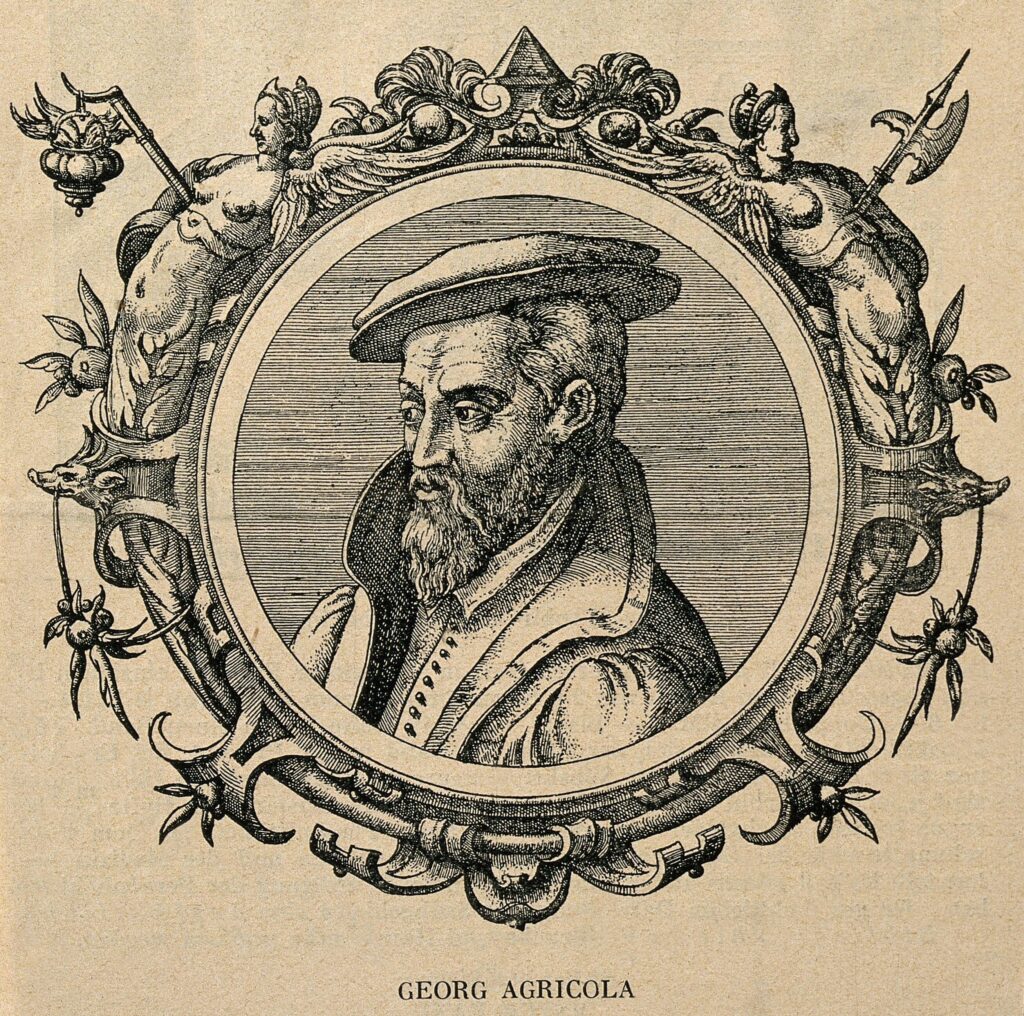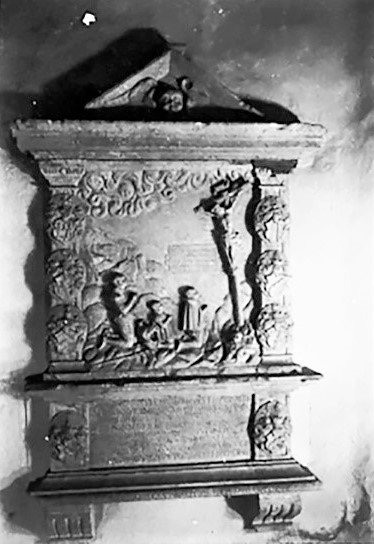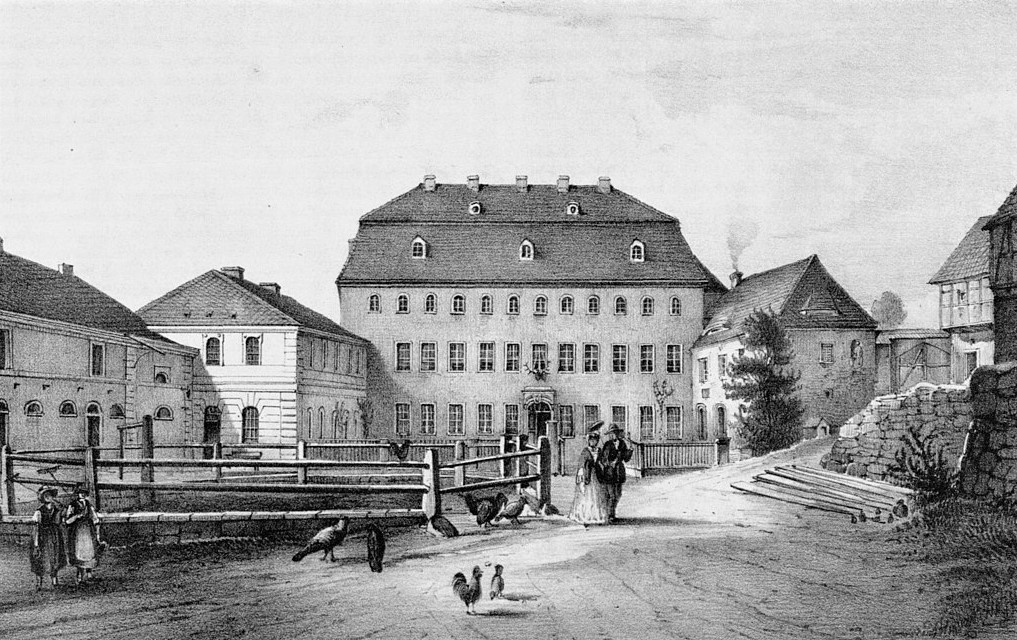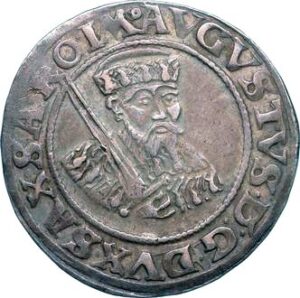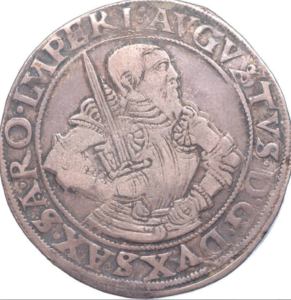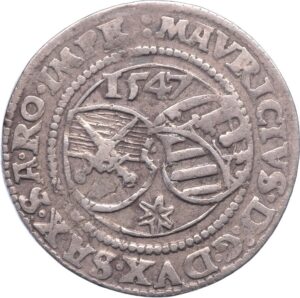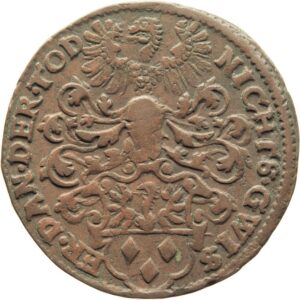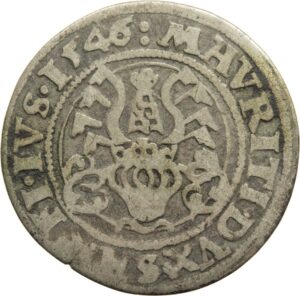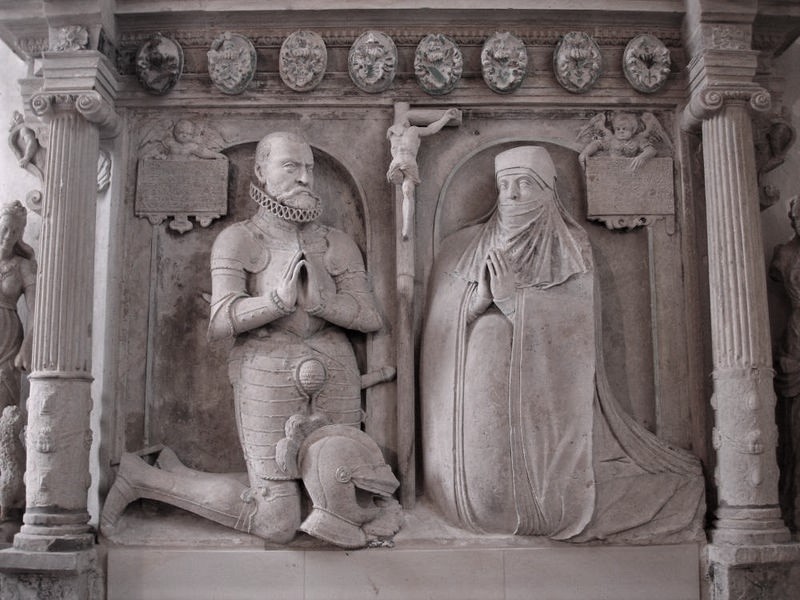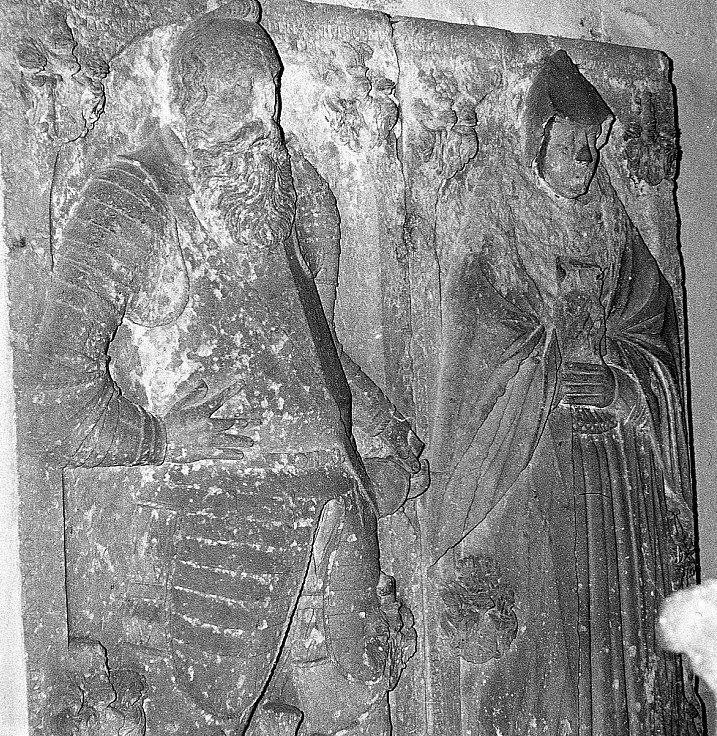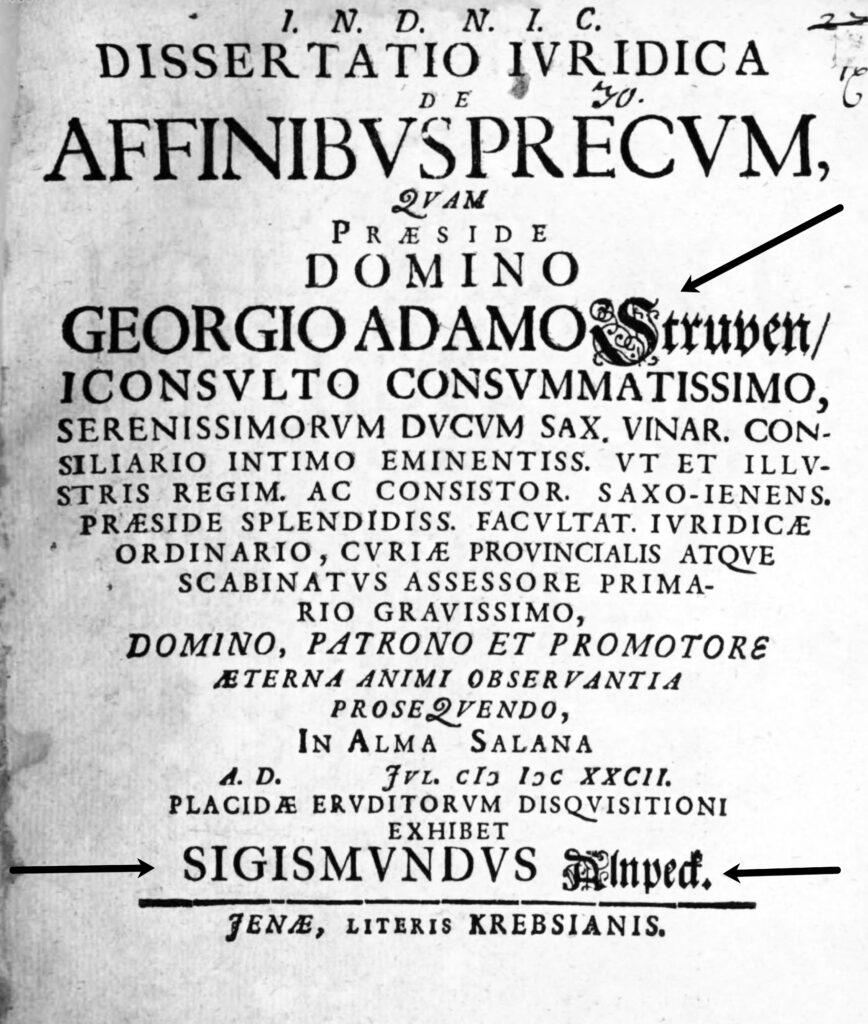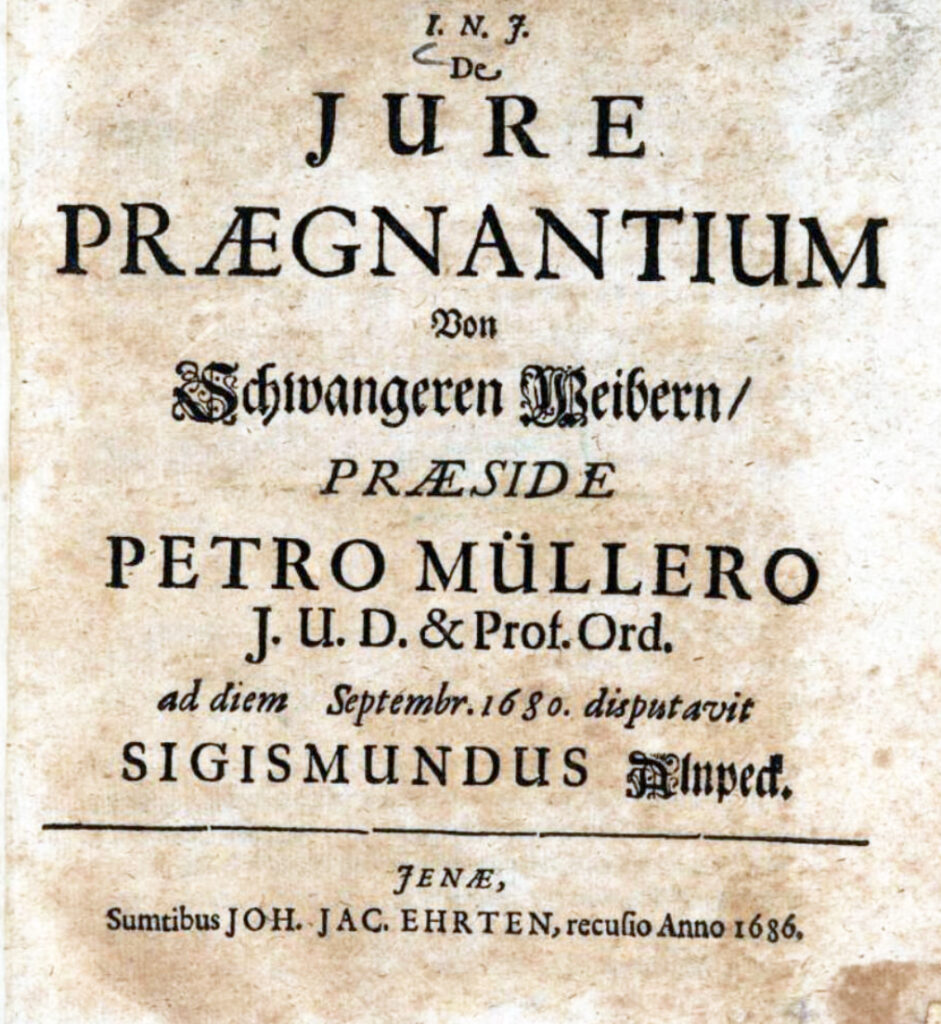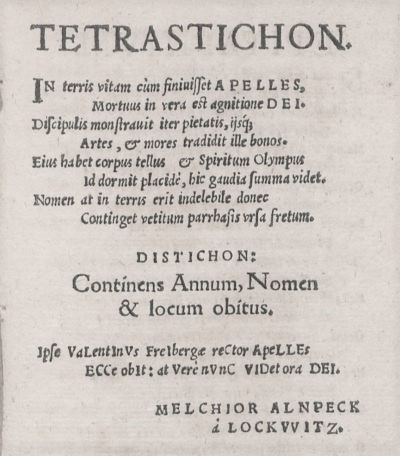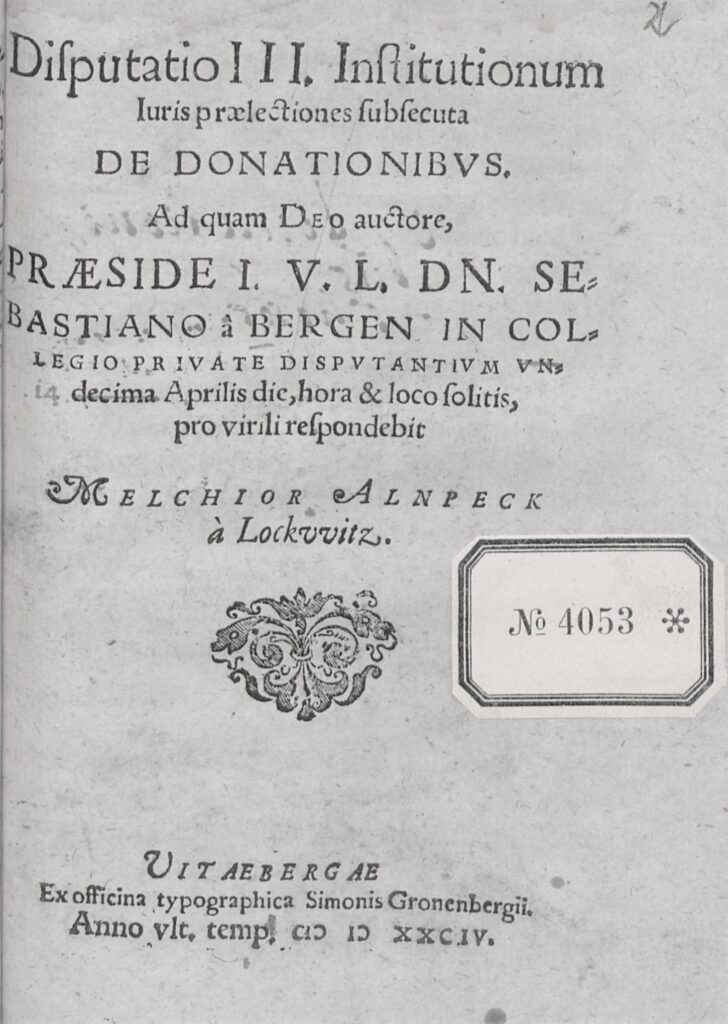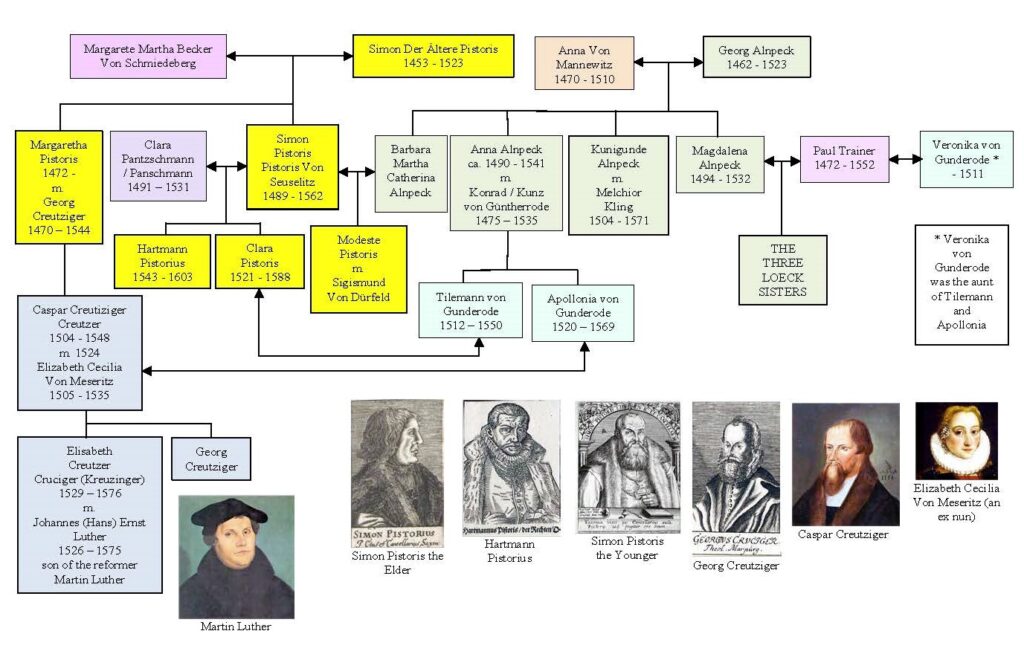Conrad von Alnpeck zu Alnpach == Elisabeth Hüfflin >> Dietrich Alnpeck zu Alnpach (ca. 1319 – ca. 1398) Ulrich von Alnpeck zu Alnpach (ca. 1340 – ca. 1406) == Adelheid Pfeffenhauser von Pfeffenhausen (ca. 1345 – ca. 1398) >> Dietrich von Alnpeck zu Alnpach (ca. 1365 – 1447) == Ursula Saldorfer von Günzkofen (1375 – 1414) >> Johannes (Hans) von Alnpeck zu Alnpach (1395 – 1475) == Elisabeth Bohaim / Beheim von Abensberg (ca. 1395 – 1469) >> Stephan Alnpeck (ca. 1420 – 1489) == Magdalena Monhaupt (1430 – 1479) >> Georg Alnpeck (1462 – 1532) == Anna Mannewitz (ca. 1470 – 1510) >> Magdalena Alnpeck (1494 – 1532) == Paul Trainer >> Catharine Trainer (1516 – 1583) == Wolfgang Hilliger (1511 – 1576) >> Oswald Hilliger (1550 – 1610) == Ann Schönleben (ca. 1562 – 1646) >> Oswald Hilliger (1583 – 1619) == Margaretha Horn (1594 – 1622) >> Barbara Hilliger (1618 – 1663) = 1645 = Burchard Berlich (1603 – 1670) >> Susannah Berlich == George Adam Struve >> >> >> >> The Three Loeck Sisters
The Alnpecks were among the most influential families in Saxony and were originally Regensburg ministeriales. During the family’s time in Saxony, the Alnpeck family became very wealthy through the Freiberg ore mines. For example, Andreas Alnpeck auf Langenrinne was the highest-taxed citizen of Freiberg paying 7,700 guilders. Members of the Alnpeck family owned the estates of: Lauenstein, Großhartmannsdorf, Dörnthal (Ore Mountains), Niederbieberstein, Niederbobritzsch, Oberlossnitz, Kleinoppitz, Kreischa, Berreuth, Geiersberg, Niederulbersdorf, Gepülzig, Klein Milkau (O.L), etc. In 1754 the v. Alnpeck family died out with the Saxon Lieutenant General Johann Adam von Alnpeck in the male line. In Dresden, a street was named after the family. The female line continues through Andreas Alnpeck’s sister Magdalena (Alnpeck)Trainer’s descendants: The Three Loeck Sisters.
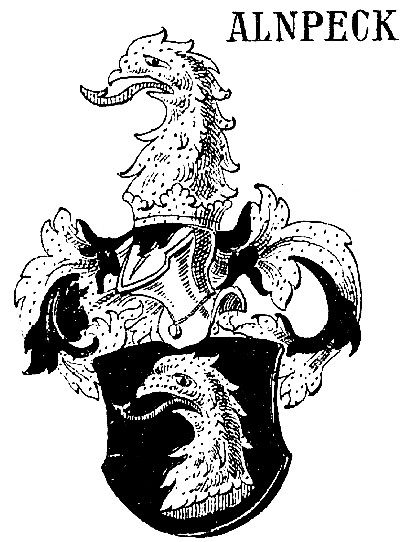
We start with Ulrich Alnpeck who at Mallerstorf monastery erected a grave with the inscription: “Ulrich Alnpeckh and Adelheid Peffenhauserin his housewife’s burial. Ao. D. 1398” with the two coats of arms inherited from Alnpach / Ellenbach. He made a testamentary endowment to the Mallerstorf monastery, which his son Dietrich completed in 1406.
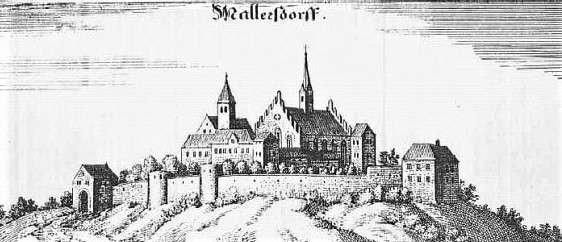
Dietrich had a son John (Hans) v. Alnpeck zu Alnpach (Ellenbach) who was born around 1395, and died at Regensburg “Erichtag before Dionysii” on 7th October 1475, and was buried at Abensberg (old chapel). There is also a memorial stone to him in Regensburg.
He married Elisabeth Böhaim (Behaim) von Abensberg.
She was born around 1395, and died on St. Lucia’s day: 13th December 1469. She was the daughter of Georg Böhaim and his wife Elisabeth Engelbrecht. For more on the Böhaim family please visit their page HERE.
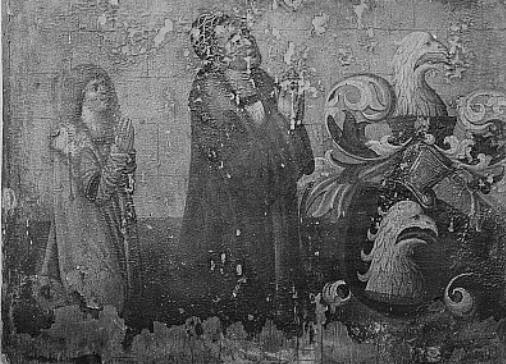
Hans Alnpeck and Elisabeth Bohaim von Abensberg were married probably at Abensberg between 1417 to 1427.
Hans had possession of a castle and free seat in Abensberg through his wife Elisabeth Böhaim and was involved in trade in Landshut, Abensberg, and Regensburg. In 1446 he sold the ancestral seat of his family Ellenbach (alnpach = Elnbach) to the von Armansperg family.
He donated a window (with his and his wife’s coat of arms) to the hospital church in Landshut and his alliance coat of arms (on a memorial stone) to the collegiate foundation “zur Alten Kapelle” in Regensburg.
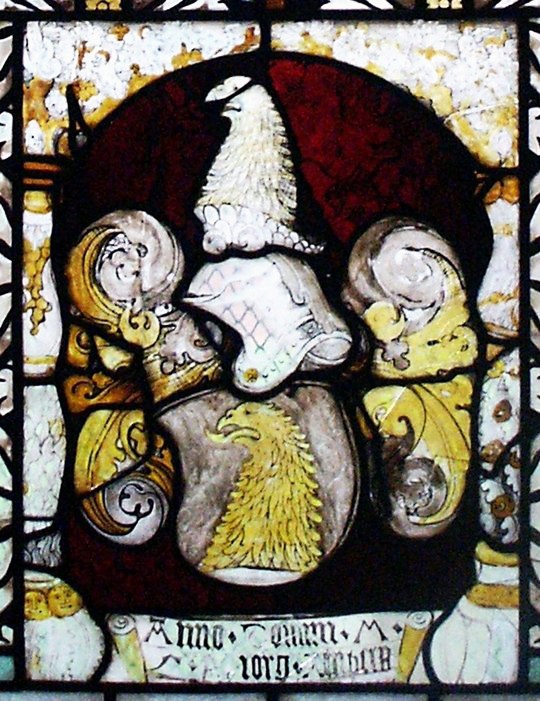
Some researchers have suggested that Johannes (Hans) Alnpeck was descended from Wenzel Alnpeck, who died in the Battle of Nicopolis in 1396.
The son of Hans and Elisabeth (Bohaim) Alnpeck was Stephan Alnpeck who was born in 1420, in Ellenbach bei Landshut, Bavaria. He moved to Passau, Regensburg, and then to Freiberg because of the flourishing mining industry, and became a citizen there in 1457, a councilor in 1458, and governing mayor in 1473, 77, 84, and 88. Stephan died on 3rd March 3, 1489 and was buried in the chapel in St. Peter’s Church. From 1455 he was married to Magdalene Monhaupt. They had 3 sons and 2 daughters.
Magdalena (Monhaupt / Mohnhaupt) Alnpeck was born in 1430, the daughter of Nikolaus and Dorothea (Weighart) Mohnhaupt. Nikolaus was born in 1403, in Freiberg. Dorothea was born in 1405, also in Freiberg. Magdalena (Monhaupt ) Alnpeck died in or before 1479, at age 49.
Their granddaughter (Magdalena Alnpeck) was to become Paul Trainer’s second wife.
Nikolaus Mohnhaupt / Monhaupt (1403-1475)
Nikolaus was a citizen of Freiberg and in 1452 mint master and princely councilor (senior civil servant) [Amtshauptmann (Landhauptmann)] in Freiberg, Schloßvogt (Vogt). He was one of the richest noblemen in Meissen due to his silver mining activities. He was a city Councilor in 1443 and in 1447 mayor of Freiberg, and head of the merchant community and trade guilds. He had a stone statue of the Virgin placed in the Frauenkirche in 1454, to which the bishop of Meissen granted a 40-day indulgence (today in the Anna chapel).
In 1455, under his presidency as Vogt von Freiberg, the Freiberg city court sentenced Kunz von Kauffungen, who had kidnapped Princes Ernst and Albrecht, to death on the executioner’s block. The council then made an effigy of Kunz’s head and placed it over the entrance of the city hall.
In 1458 he was enfeoffed by the Elector: “Rochlitz, November 1, 1458. – Elector Friedrich II. handed the Vogt Nickel Monhaupt zu Freiberg, and his daughters: Anna, Margaretha, Magdalena, Ursula, Christina and Barbara and their right heirs the “huß zcwuschen myns herren nyderhofe and the barefoot monastery zcu Friberg, that formerly belonged to a Nickels von Schonbergs”, to a joint fief.”
Anna married Hans Buob; Ursula married Casper Freiberger; Magdalena married Stephan von Alnpeck zu Alnpach [The Three Loeck Sister’s ancestor], Margaretha did not marry, Barbara married Bock and Christina married von Berbisdorff.
Nicolaus Monhaupt received permission from Pope Paul II in 1469 to erect a private altar in his house and to have private masses held in front of it. In 1476 Nicolaus bequeathed the monks in the lower monastery a pond in front of the Kreuztore and the Frauenkirche (=cathedral) 1,000 guilders to the altar Conc. Mariae Virg.
Cyriacus Spangenberg writes about his appearance in 1590: “Nicol Monhaupt is a wonderful, tall, handsome man, always wearing his pretty curly yellow hair and even had an honest, virtuous wife of good nobility who gave birth to five beautiful daughters. … the third Ursula married old Caspar Freiberger to the Tormhofe…”
In 1476, two years before his death, Nikolaus gave his cook Ilse a house that he had bought a year earlier. “On November 4th, 1476, N. Monhaupt of Fryberg gave his cook, namely Ylzen the house for her long and faithful cooking.”
Coat of arms: In a blue shield, a red bar with 3 white poppy heads. Helm ornament: on blue wings red bar with three white poppy heads (C. E. Kayser names other colors: In a red shield, a black slanted right bar with three golden poppy heads).
Enfeoffed (under the feudal system) give (someone) freehold property or land in exchange for their pledged service. Below some examples of coins minted by Nikolaus:
The Mohnhaupthaus – 46 Peter Street, Freiberg
The house that originally belonged to Nikolaus was destroyed during the city fire of 1484. In 1469 he held the papal privilege of setting up a personal chapel in his house that still exists in today’s reconstruction. One of the inscriptions on the façade of the house (shown below) confirmed that Lutheran Holy Communion was celebrated in the chapel in 1529. That was 8 years before the Imposition of the Reformation in Freiberg. The gold letters on the plaque describe the establishment of Communion. The first line reads: “God’s word is eternal.”
Stefan and Magdalena (Mohnhaupt) Alnpeck had four children: Georg, Hans, Stephan the Younger, and Apollonia. Some of the Alnpeck family are shown on the chart below:
Apollonia Alnpeck (1470 -) was the daughter of the mayor of Freiberg Stefan Alnpeck and his wife Magdalena. She married firstly the council man Jacob von Blasbalg / Blasbelger / Blasebalg, (ca. 1438 – 1498) who was the founder of the revenue office of the Duchy of Saxony. Jacob was the Electoral Saxon land rent master and the second richest man in Leipzig. He started life as a garment tailor in his father’s business, which he took over in 1472. He was Lord of the estate known as Gut Loessnitz near Leipzic. After his early death in 1498, the elector entrusted his widow Apollonia with the accounts of the duchy. She was the first woman in Saxony that held such a position in the state. In 1491 she married the ducal steward and treasurer, Georg Wiedebach, who was one of the wealthiest men in Saxony.
In 1519 Apollonia attended the Leipzig Debate between Johannes Eck and the leaders of the reformation and afterwards promoted the dissemination of Luther’s teachings in Leipzig. After the death of George Wiedebach his entire assets fell to Apollonia. When she died two years later she left 21,000 gulden (guilder) to over twenty secular and ecclesiastical foundations. Some of them continued to be executed up to the beginning of the twentieth century. The city honored her by naming a square, a road, and a school after her.
In 1511 Georg Alnpeck (1462-1523) bought estates in Lockwitz and Nickern. He was the son of Stephan and Magdalena (Mohnhaupt) Alnpeck and the direct ancestor of the Three Loeck Sisters. Georg was Master of the Mint and Zehntner as well as the mayor of Freiberg, princely councilor, and tithe collector. He is buried in the Alnpecksche Chapel in Freiberg.
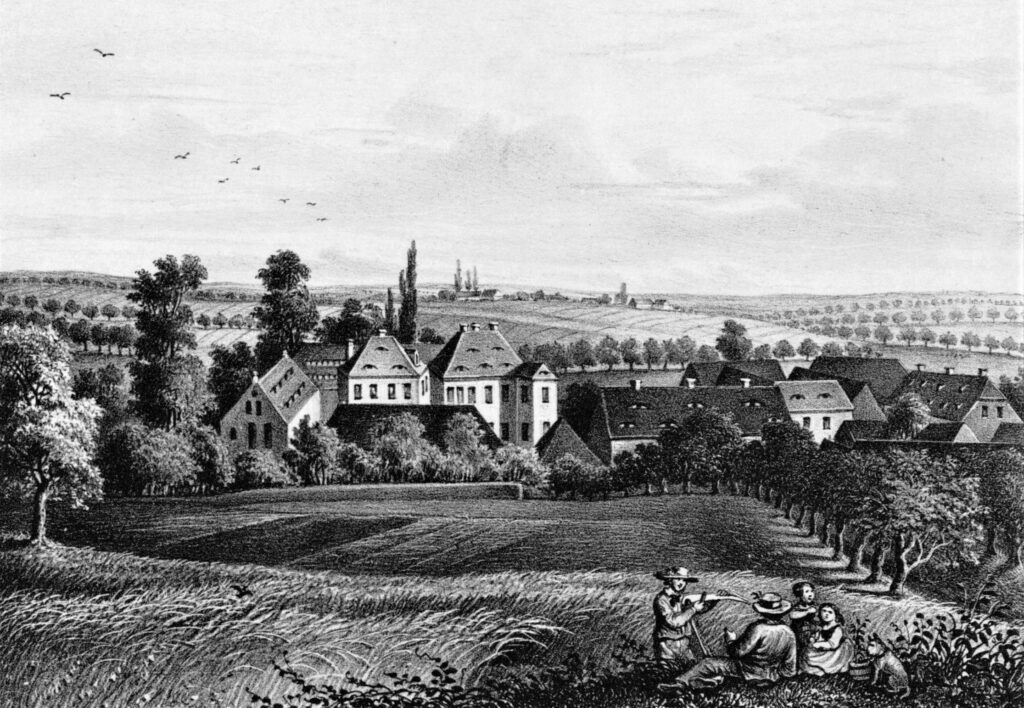
Ottilie Alnpeck, the daughter Stephan Alnpeck, was kidnapped by the squire Martin von Minkwitz during the Sunday sermon and taken to Brix Castle, where he immediately married her, thereby forcing the bride’s bitter family to reconcile.
Stephan the Younger
One of the sons of Stephan and Magdalena (Mohnhaupt) Alnpeck was Stephan (the Younger) (1456 – 1521) who in 1492 co-founded the Saigerhütte in Grünthal in Olbernhau. The Saigerhütte Grünthal is today an historic iron and steel works about 2.5 kilometers south-east of the city center of Olbernhau in the Saxon Ore Mountains. Because of its complete and still largely preserved inventory of 20 historic buildings surrounded by the remains of a fortified wall, it is considered a unique monument to ore smelting. Below, illustrations by Agricola of iron ore smelting. Agricola was distantly connected to the Alnpeck family – see the chart below.
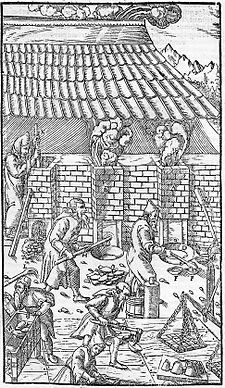


Hieronymus Alnpeck auf Nickern (ca. 1492 – 1576) … This member of the Alnpeck family (see chart below) may have married into the in-law family of Albrecht Durer. Please see the page here.
AGRICOLA – The chart below shows the connection between Agricola and the Alnpeck family as well as with the Uthmann family:
Andreas Alnpeck (1489 – 1563)
Andreas was the son of Hans and Margarethe (Funke) Alnpeck and the nephew of Georg and the first cousin of ‘our’ Magdalena (Alnpeck) Trainer. He held the office of mint master from 1546 until 1556 (in which year the mint was moved to Dresden by the Elector Augustus) and he also managed the mayor’s office. The move of the mint during his tenure was appealed against by the Freiberg council, citizens, miners, and miners’ society who asked for it to be left in Freiberg, but to no avail. During the Schmalkalden War (1546 – 1547) there was a uprising in Freiberg under Wolff Loss against the city, during which Loss attempted to kill Andreas by throwing him out of the window of the Town Hall. In this he did not succeed and Andreas retired from all his public offices in 1556 and died in 1563.
Abraham Alnpeck (1533 – 1595)
Below: The wall tomb of Abraham Alnpeck and his three sons all of whom predeceased him. The wall tomb was made from sandstone in 1575 at Tannenberg village church and placed on the North Choir wall. Abraham had married a NN von Schönfeld. The sons were: 1. Johann (1555 – 1573); 2. Wolf Friedrich I (1561 – ca 1568) and 3. Ernst Albrecht Alnpeck (1567 – 1569). Abraham was the son of Wenzel Alnpeck (ca. 1495 – 1551) and Ann Buchfuhrer (ca. 1510 – 1544). Wenzel was a brother of the Three Loeck Sisters’ direct ancestor Georg Alnpeck.
It was Abraham who was responsible for bringing the estate of Tanneberg into the Alnpeck family.
Below, some of the coins minted by Andreas Andreas (1489 – 1563) – Münzmeister / Mintmaster:
Below, Epitaph of Brigitta (née (von) Alnpeck) Schütz the wife of Ernst Schütz. Brigitta was born on August 11th, 1589. She died on April 14th, 1623 in Theisewitz (Deiswitz), 35 years old, apparently at / after the birth of a “weak” boy. Burial in Possendorfer Kirche. The epitaph was restored in 2011 and has been inside the church since then.

Hans Alnpeck …
It is not certain which Hans Alnpeck the epitaph below belongs to but a guess would be that he is the son of Wenzel (1495 – 1551) and Brigitta (or Elisabeth ) Steig / Steige (ca.1515 -?). This guess is based on the fact that this Hans died in 1587 and the grave was built in 1588. Hans was born in 1549 and died on 23 January 1587. He married NN Lauterbachin. They do not appear to have had any surviving children.
Even more baffling is the gravestone below which has only this as a description: Triebischtal-Tanneberg. Church, Alnpeck tomb.
One member of the Alnpeck family – Sigismund – who appears on no genealogical databases nonetheless was involved in the writing of legal works with various inter-connected family members. For instance Sigismund’s name is listed along with Georg Adam Struve’s as well as Struve’s uncle Georg Adam Brunner in the work titled: Georgii Adami Struvii, I.C. Dissertatio Iuridica De Invocatione Nominis Divini : Adiecto Indice Scriptorum … [1682].
Sigismund also appears on the title page of: Diss. jur. de affinibus precum [left] and De jure praegnantium [right].
Another Alnpeck family member who can be found in the bibliographic universe is Melchior Alnpeck, some examples of which are shown below:
The chart below illustrates some of the antecedent families:
THE CREUZIGER, PISTORIS, AND OTHER CONNECTIONS
The Three Loeck Sisters’ grandmother Magdalena (Alnpeck) Trainer had two sisters:
- Barbara Martha Catherina Alnpeck married Simon Pistoris the younger. She was Simon’s second wife and they had one daughter – Modeste.
- Ann Alnpeck, married Konrad / Kunz von Gunderode (1475 – 1535) and they had two (at least) children: 1) Tilemann von Gunderode (1512 – 1550) married Clara Pistoris, the daughter of Simon Pistoris the younger and his first wife Clara Pantzschmann / Panschmann (1491 – 1531). 2) Apollonia (1520 – 1569) married the nephew of Simon Pistoris – Caspar Creutziger (1504 – 1548) the Elder. Caspar was the son of Georg and Margaretha (Pistoris) Creutzer and he is most often referred to as Caspar Creutziger The Elder.
In 1524, Caspar The Elder married the former nun Elisabeth von Meseritz. They had one daughter Elisabeth, who married a man named Kegel and then, on his death, Martin Luther’s son Hans. Caspar the Elder and his first wife Elisabeth also had a son: Caspar Creutziger / Creutzer / Cruciger the Younger (1525 – 1597). These relationships are illustrated on the chart below, although Caspar the Younger is not shown:
Caspar The Elder and his second wife, Apollonia (von Gunderrode) Creutzer, had two daughters (at least).
THE GÜNTERODE CONNECTION
Tilemann Günterode was the son of Kunz (1476–1536), wine and cloth merchant, and city councilor, who was temporarily in the service of Duke George of Saxony, and his mother was Anna Alnpeck († 1541), the daughter of Georg Alnpeck (1462–1523) and his wife Anna Mannewitz. His sister Apollonia married (in 1536) Caspar Cruciger the Elder, Lutheran Theologian and Rector of the University of Leipzig. Tilemann was thus the first cousin of Magdalena (Alnpeck) Trainer, the ancestor of the Three Loeck Sisters.
In 1540 he married Clara Pistoris von Seuselitz (1521-1588), the daughter of the Saxon chancellor Simon Pistoris von Seuselitz and Clara Pantzschmann. From the marriage came two sons: Rudolf (1547-1601) and Wilhelm (1550-1607). Tilemann is considered the founding father of the Frankfurt patrician Günderrode family. His grandsons Hector Wilhelm (1590–1647) and Moritz Otto (1597–1661) married into the Frankfurt House of Alten Limpurg.
As a child, Tilemann came to the court of Landgrave Philipp von Hessen and his wife Christina von Sachsen through his father’s good connections. He matriculated from the University of Leipzig and studied political science and law at the Eberhard Karls University in Tübingen and at the University of Bourges, where he acquired the academic degree of doctor.
In 1542 he became a princely Hessian councilor and servant and three years later, on September 5, 1545, as the successor to Johann Feige, he became Chancellor of Hesse. He took part in the Reichstag of the Reformation and the negotiations on behalf of the Schmalkaldic League.
After his defeat by the Emperor Charles V, Landgrave Philipp had to apologize to the emperor in Halle on June 19, 1547. Tilemann had to read out loud Philip’s written declaration on his knees, and then accompanied him – as a prisoner of the emperor – to the Spanish Netherlands, where he had to remain in exile for five years. Tilemann returned to Kassel after the defeat of the emperor and continued to exercise his chancellorship.
THE CONNECTION TO CATHERINE THE GREAT
One thing the Three Loeck Sisters and Catherine the Great share is an ancestor as shown on this chart HERE.
